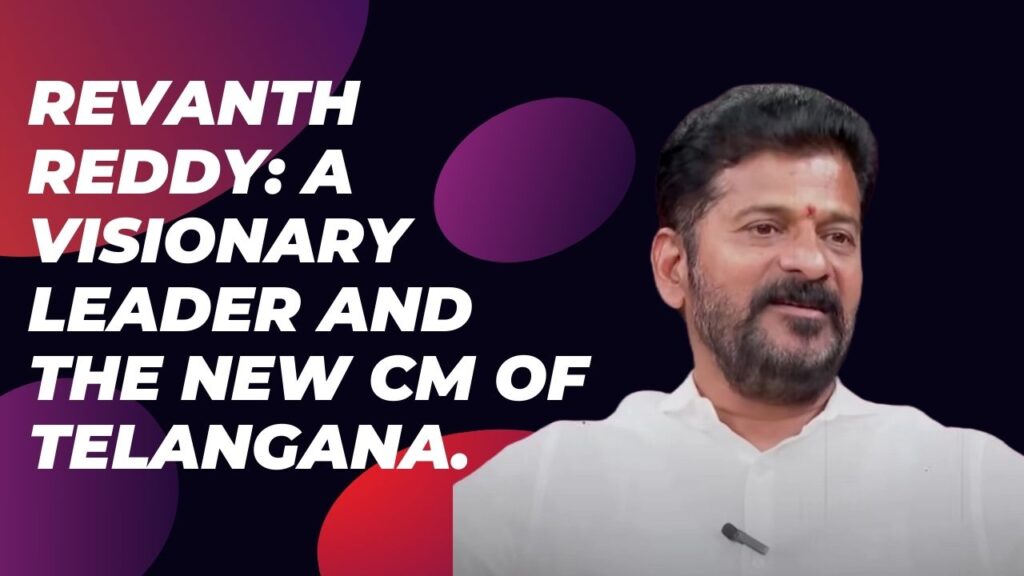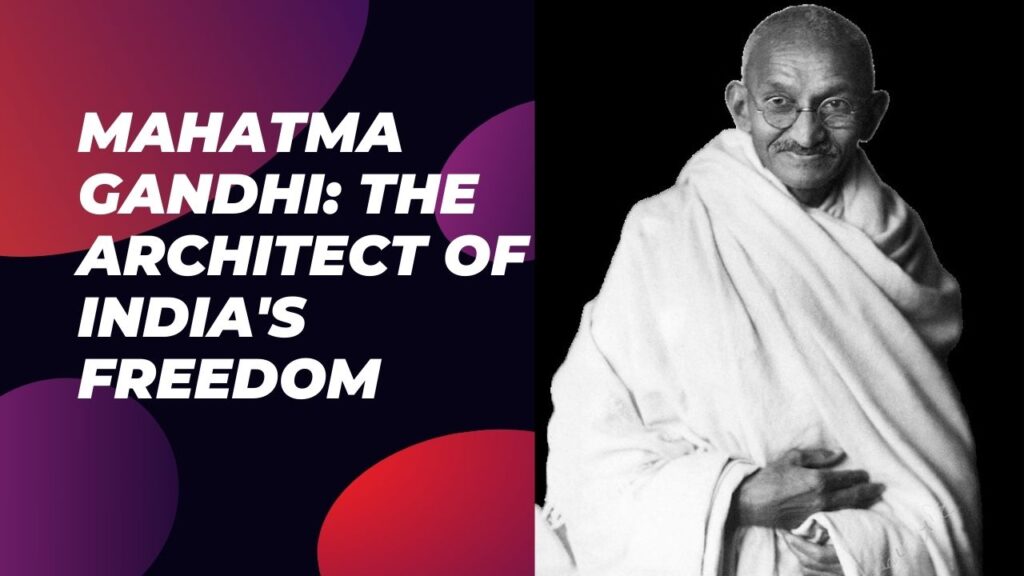Introduction about Rabindranath Tagore:
Let us take you on an artistic journey into the life of Rabindranath Tagore. He was the polymath poet, philosopher, and a Nobel laureate. This blog post tries to understand his important contributions to literature, art, and education. It discusses the true magnitude of his everlasting influence on the Bengali society and beyond.

Description:
Rabindranath Tagore was born in 1861 in Kolkata. He was a literary mind whose impact cut across borders and generations. We will try to explore his vast body of work, including his timeless poems, novels, and the songs he wrote. He was the main visionary behind Shantiniketan, an educational institution that showcased his holistic approach to learning. His genius extended to visual arts and his paintings reflected a harmonious mix of spirituality and aesthetics. Few people outside the sub-continent know about his influence on India’s national anthem, “Jana Gana Mana,” and Bangladesh’s anthem, “Amar Sonar Bangla.” His impact on the Bengal Renaissance and his efforts in promoting cultural exchange are well documented. He travelled internationally and had interactions with global thinkers playing an important role as an ambassador of Indian culture.
FAQs about Rabindranath Tagore:
When and where was Rabindranath Tagore born?
He was born on May 7th, 1861, in Kolkata, British India.
Who were his parents?
His father’s name was Debendranath Tagore and his mother was Sarada Devi.
Can you provide details about his early life?
He grew up in a culturally rich environment, indulged in literature, music, and arts in the family home at Jorasanko.
What were his educational qualifications?
His education was diverse. He was home-schooled initially and later attended schools in India and England. He could not complete a formal degree.
Who was his wife? Did they have children?
His wife’s name was Mrinalini Devi. They had two sons and three daughters.
How did he develop an interest in literature?
His interest in literature developed from exposure to an encouraging cultural environment at his home. He had a natural interest in poetry and storytelling.
Did he face any initial struggles in his literary career?
He faced early setbacks however his perseverance led to the publication of his first poetry collection named “Kabi Kahini.”
What are some of his famous works?
His famous works include “Gitanjali,” “The Home and the World,” “Kabuliwala,” and the national anthems of Bangladesh and India.
How did he become an icon in Bengal?
His expression of Bengali culture, combined with his literary and artistic achievements made him a revered cultural icon in Bengal.
What is he often referred to as by people?
He is often referred to as the “Bard of Bengal ” by the Bengali community.
Awards, Shanti Niketan, Famous Paintings, Books He Authored.
What awards and recognition did he receive?
Rabindranath Tagore became the first non-European to receive the Nobel Prize in Literature in the year 1913 for his work “Gitanjali.”
Did he have interests beyond literature?
He was a polymath who had a keen interest in music, painting, philosophy, and education.
How was his relationship with British rulers during the colonial era?
He was a staunch critic of British rule but engaged in constructive dialogue. He advocated cultural exchange rather than confrontation.
Did he write an autobiography?
He wrote an autobiography by the title “Jivansmriti” (My Reminiscences).
Is there a university named after him?
He established Visva-Bharati University in Shantiniketan to reflect his vision of an ideal educational institution.
What are some of his famous drawings and paintings?
His art reflects his deep connection to nature with creations like “The Sunflower” and “Woman.”
How many books did he author and can you name a few?
He authored many books including “Gitanjali,” “The Home and the World,” “The Gardener,” and “Kabuliwala.”
What is Tagore Jayanti and how is it celebrated?
Tagore Jayanti is his birth anniversary, celebrated with cultural events across the state of Bengal. There are recitations and discussions on his works.
What is the significance of his Nobel Prize for India and Bengali literature?
His Nobel Prize elevated Indian and Bengali literature on the global stage and brought recognition to the Bengali language, culture and its expressions.
Political Activism, Swadeshi Movement, Rabindra Sangeet, Shesher Kobita.
Did he participate in political movements in India?
He participated in socio-political movements and expressed his views on nationalism and harmony. He denounced the violence orchestrated by the British rulers and also recounted the knighthood given to him by the government in protest of the Amritsar massacre.
Did he participate in political movements in India?
He participated in socio-political movements and expressed his views on nationalism and harmony. He denounced the violence orchestrated by the British rulers and also recounted the knighthood given to him by the government in protest of the Amritsar massacre.
How did he contribute to the Swadeshi Movement?
He expressed views in support of the Swadeshi Movement through his writings and cultural initiatives and emphasized on self-reliance.
What is his legacy in Indian classical music?
He composed numerous songs known as Rabindra Sangeet. These songs contributed to the rich legacy of Indian classical music.
How did he influence the concept of “Vishwa Kavi” (World Poet)?
His global recognition as a poet led to him being referred to as “Vishwa Kavi,” a poet that transcends cultural boundaries.
What was his view on women’s education and empowerment?
He was a proponent of women’s education and empowerment. He stressed on their role in every society’s progress.
What is the significance of “Shesher Kobita” among his novels?
“Shesher Kobita” is considered a masterpiece. It explores complex relationships and social norms which reflect his modern approach.
Rabindranath Tagore – Spirituality In Writing, Brahmo Samaj and Legacy.
How did he express his thoughts on spirituality in his writings?
His writings often explore the spiritual dimensions of life and talk about harmony with nature and the universe.
What were his views on industrialization?
He was critical of unchecked industrialization and favoured a balanced approach that respected nature.
What is the significance of his poem “Where the mind is without fear”?
This famous poem reflects his vision for a free, enlightened society, unrestrained by fear and prejudice.
Did his work contribute to Indian cinema?
His works have been adapted into numerous films including the much famed “Kabuliwala.”
Why is the term “Gurudev” used to commemorate his legacy?
People used the term of respect “Gurudev” for Rabindranath Tagore. It signifies his role as a spiritual guide and mentor.
What is the connection between him and the Brahmo Samaj?
The Brahmo Samaj associated with him. Its reformist ideals and views on monotheism influenced him.
What is the relevance of his legacy in the 21st century?
To this day, his legacy remains relevant, inspiring discussions on topics such as universalism, education and the coexistence of diverse cultures.
Conclusion:
Rabindranath Tagore is a true embodiment of the power of creativity and intellect. His impact on literature, education, and art continues to inspire and resonate across India and abroad. Reflecting on his contributions, we have to acknowledge the timeless relevance of his work. He continues to be a cultural icon and visionary for generations to come. Dear readers, you may read some of our other articles from the “Home” page on our website. Our blogs are available in over 20 different languages.


